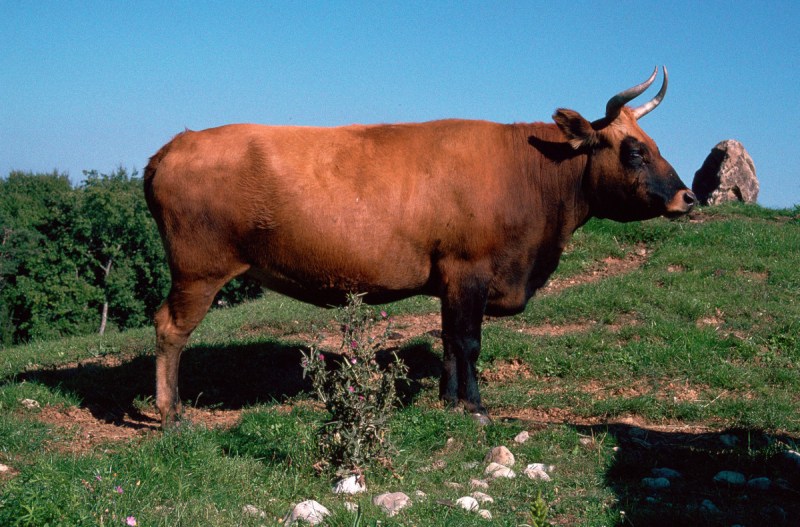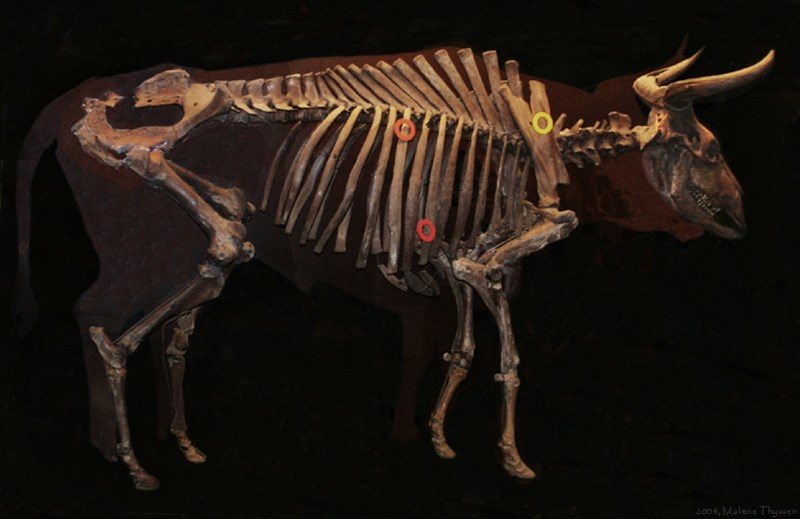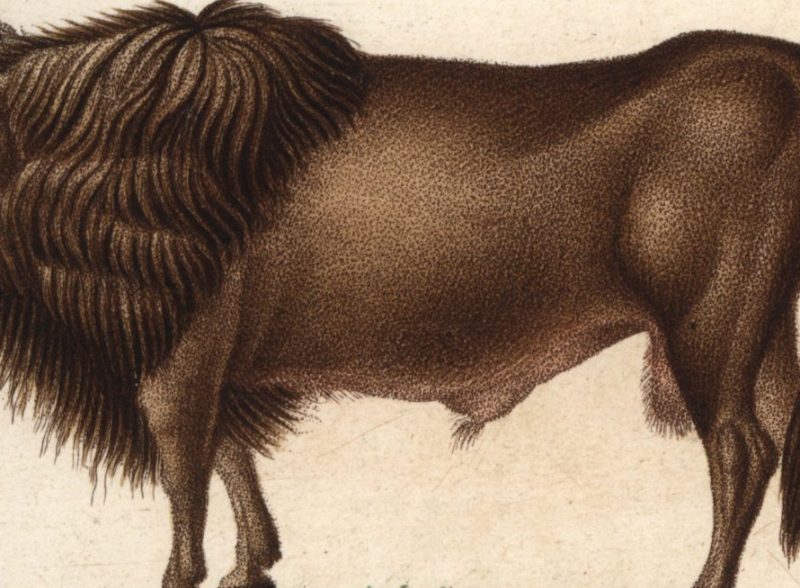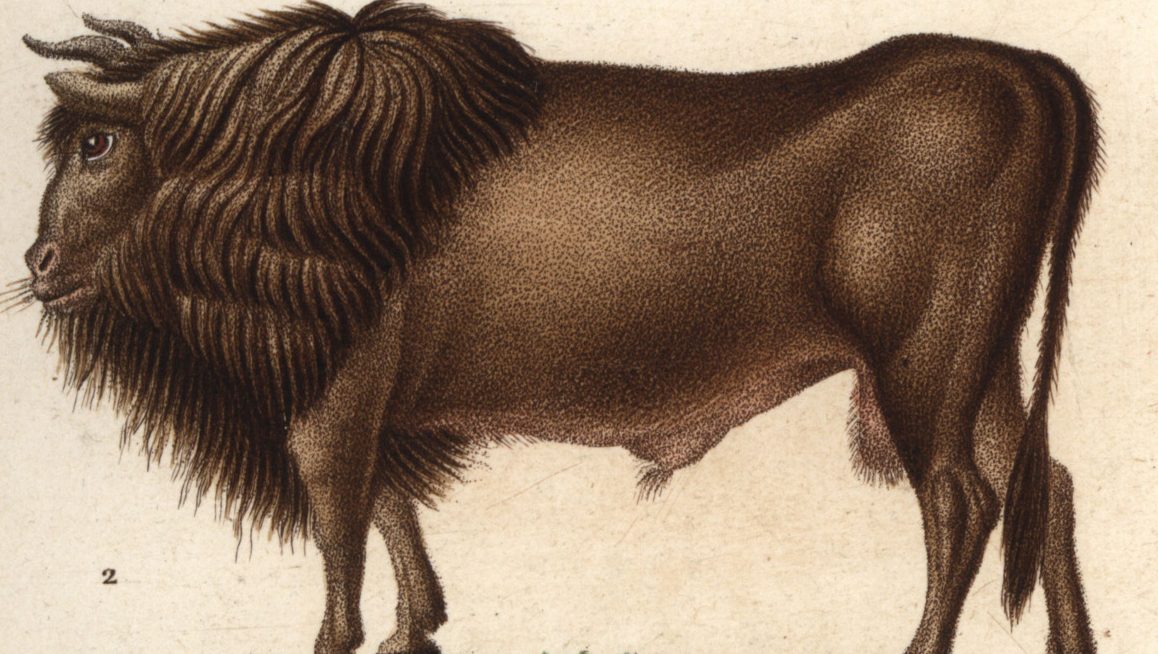
Chances are, you’ve never heard of the auroch. It’s a variety of elephant-sized wild cattle that was indigenous to Europe, Asia, and North Africa, and a direct ancestor of modern domestic cattle. The species went extinct in the 17th century, but new advances in DNA research could bring them back.
In a situation not unlike Jurassic Park, initiatives in Hungary and Portugal are underway to resurrect the auroch by way of back-breeding, a selective process in which domestic animals that share DNA with extinct species are bred, with the hopes of eventually reproducing said extinct species. In this case, the focus is on cattle that is genetically similar to the auroch.

According to Tauros Programme ecologist Ronald Goderie, it will take seven generations to reproduce a proper auroch, which won’t happen until about 2025. But it’ll be worth the wait; the auroch comes with ecological benefits. For example, big grazing animals keep forests from overwhelming the landscape, opening up patches of land that become habitats for plants, insects, and other animals. In Europe, where grazers are sorely needed for this exact reason, the auroch would be most welcome.

There are more direct financial incentives at play here, too. Rewilding Europe’s Wouter Helmer told the National Post that the conservation group’s support of auroch breeding is part of their goal to “restructure nature-based, rural economies so that these regions can become more viable.” Promoting wildlife tourism is part of that goal, and aurochs would draw tourists for sure (yet another similarity to Jurassic Park).
While the DNA research here isn’t as exciting as making dinosaurs from blood found in preserved mosquitoes, at least the auroch won’t be eating people hiding in theme park toilets.
—RealClearLife Staff
This article was featured in the InsideHook newsletter. Sign up now.
























